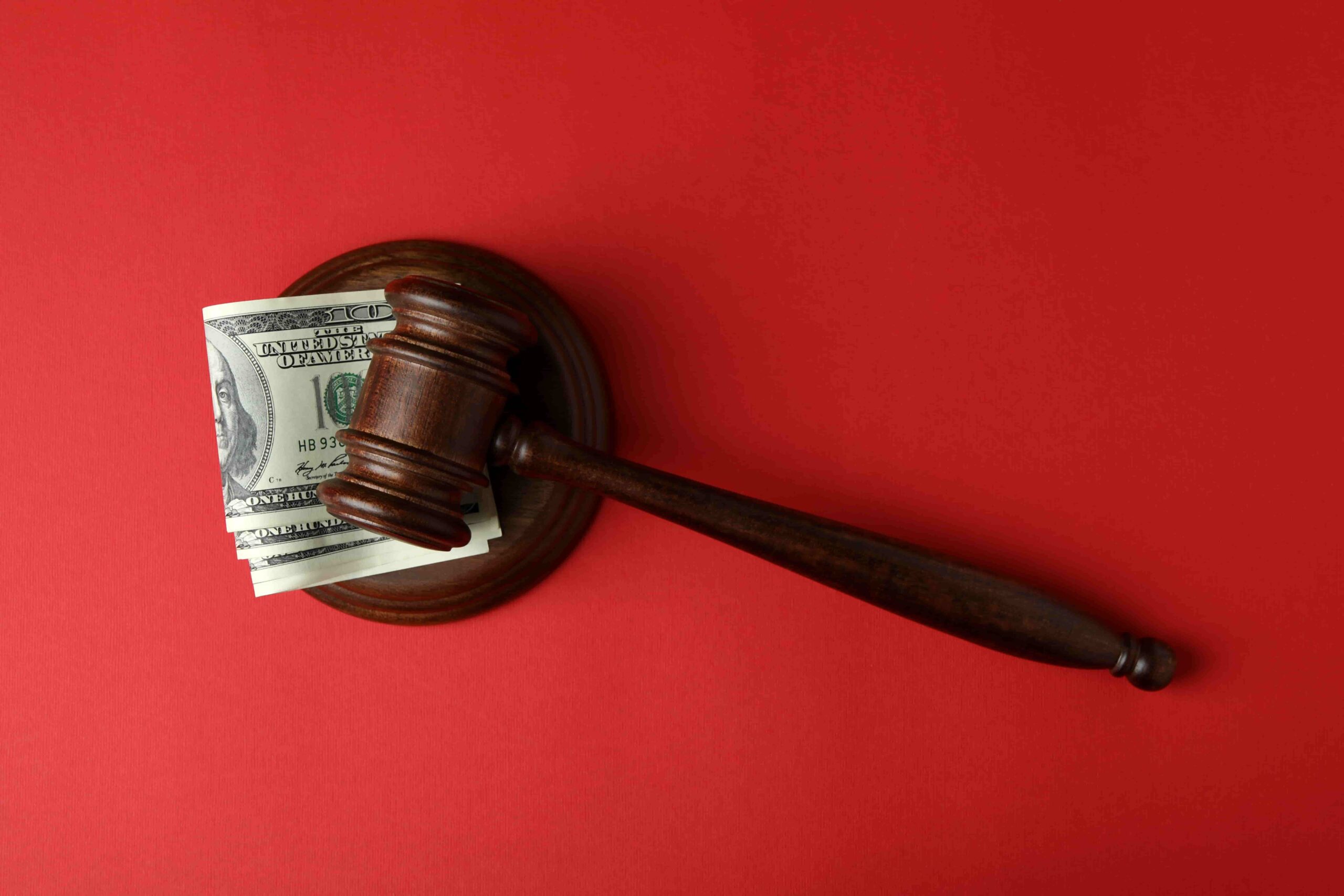
If a taxpayer defrauds more than 120,000 euros and the Treasury detects it, he runs the risk of being convicted of a tax crime, since the Treasury must refer the file to the Public Prosecutor’s Office.
We are writing to inform you about a subject of vital importance in the tax field: the crime of tax fraud. This crime is regulated in the title dedicated to crimes against the Public Treasury and Social Security, specifically in article 305.1 of the Organic Law 10/1995, of November 23, 1995, of the Penal Code (CP).
Below, we would like to detail some essential aspects that you should know to avoid incurring in this serious crime.
Definition of tax crime
The Criminal Code establishes that a tax crime against the tax authorities is considered a tax crime when the tax benefit unduly obtained or the amount not paid exceeds 120,000 euros in each tax year, or when there is a taxable event that must be settled. This threshold, although high, is crucial to distinguish between a simple administrative error or infraction and a tax offense.
Limits for the European tax authorities
In the case of the European Inland Revenue, the limit is €100,000 in a calendar year, according to article 305.3 of the Criminal Code. This means that any fraud exceeding this amount in relation to European taxes will also be considered a tax offense.
Requirements for the configuration of the tax offense
For a tax crime to be committed, the following requirements must be met simultaneously:
- Tax not paid: a tax has not been paid, a withholding has not been made, a refund has been obtained improperly or a tax benefit has been enjoyed that did not correspond.
- Intent to defraud: There must be an intention to defraud.
- Amount defrauded: The amount defrauded must exceed 120,000 euros per fiscal year and tax.
Action of the Tax Administration: informing the Public Prosecutor's Office.
When the tax administration detects the possible commission of a tax offense, it must and forward the file, in accordance with Article 250 of Law 58/2003, of December 17, 2003, General Tax Law (LGT). At this point, if a sanctioning procedure has been initiated, it will be considered concluded when the file is sent to the Public Prosecutor’s Office, without prejudice to the possibility of initiating a new one later.
Penalty proceedings
If no crime is found, the tax administration will initiate, if appropriate, an administrative sanctioning procedure based on the facts proven by the courts. This ensures that, in the absence of fraudulent intent, it is not considered a crime even if the fraud exceeds 120,000 euros.
Examples of punishable conduct
The Tax Authorities may consider that there is an intention to defraud in cases such as:
- Concealment of income: Not declaring income obtained.
- Fictitious creation of tax benefits: Simulating non-existent expenses or benefits.
- False invoices: Issuing or using false invoices.
In contrast, it will not be considered a crime if, for example, a company deducts expenses that are not tax deductible, but exist, since there is no intention to defraud.
Penalties for tax offenses
The penalties for tax offenses can be very high and, in the case of individuals, can include prison sentences. In addition, although the possibility of initiating an inspection and sanctioning prescribes after four years, if there is a tax offense the statute of limitations is five years (ten years in the case of an aggravated offense).
Regularization to avoid risks
- To avoid incurring in a tax crime, it is essential to regularize your tax situation. If you wish to do it voluntarily:
- You can file a complementary return: Satisfying the quota not paid before receiving a notification from the Treasury avoids penalties but does not eliminate the risk of tax crime if the amount exceeds 120,000 euros.
- Form 770: For a complete regularization, in addition to the amount not paid, the surcharge for late payment and late payment interest must be paid. Form 770 (“Self-assessment of interest and surcharges for voluntary regularization”) must be used.
- You can apply a 25% reduction for prompt payment.
- File as many forms 770 as years regularized.
3. Form 771: If the self-assessment is from several years ago and the form is not available at the Tax Agency’s E-Office, form 771 (“Self-assessment of payments for concepts and years without a form available at the E-Office”) must be used
It is crucial to be well informed and act diligently to avoid incurring in tax offenses. If you have any doubts or need advice, do not hesitate to contact our firm. We are at your disposal to help you comply with all your tax obligations properly and avoid unnecessary risks.
For more information, please consult with Tax consulting
If you found it interesting share it on social networks, thanks!





